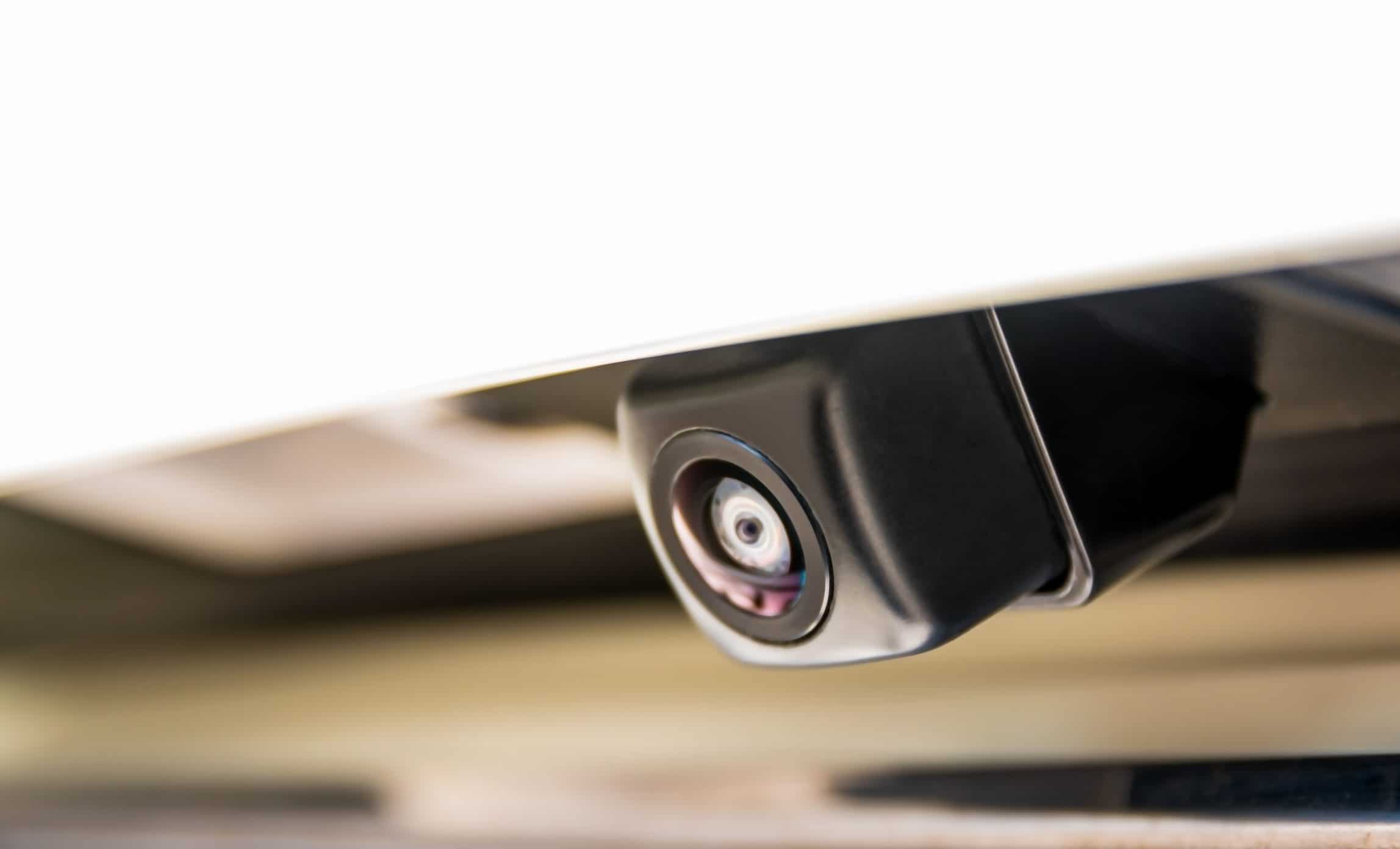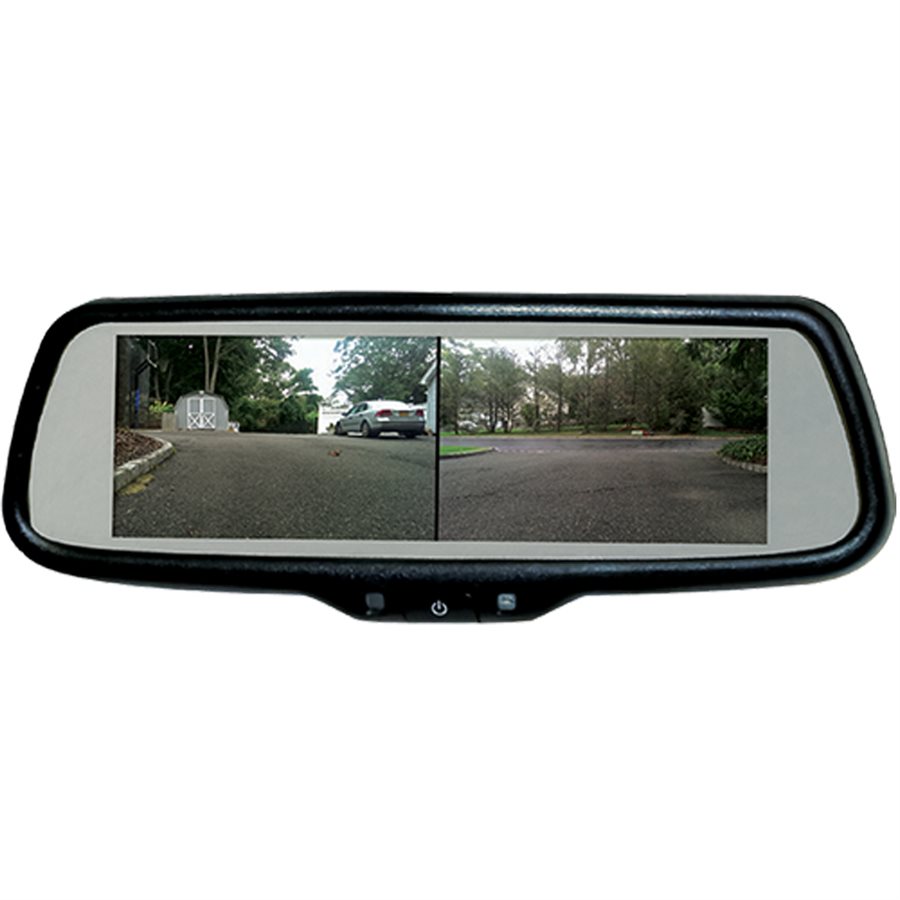


Part of what seemed to be going on had to do with my own particular vision situation. I also wasn’t sure if maybe there was just something wrong with me, but I asked a couple other Toyota reps (whom I won’t name, of course) and got confirmation that I’m not alone in finding these digital mirrors unusable. It’s terrible in an unusual way, too, in that there’s nothing actually wrong with the design or execution, it seems to be terrible in concept. I wasn’t exactly sure why, but I had some suspicions. Other carmakers have these, and there’s aftermarket options as well.) (I should mention that while my examples here are from Toyota, this is not a Toyota-only thing. I just tried one out myself in the 2023 Toyota Sequoia, and while the technology itself was impressive and well-executed, actually using the screen-mirror for its intended purpose was awful, almost literally unusable.

Here, I’ll let Toyota try and explain why these should be great: Why? What makes them so awful? To figure it out, I had to reach out to a scientist who studies visual cognition.Īre you familiar with these sorts of digital rearview mirrors? They’ve been around for a few years, and they seem to offer a lot of benefits: because the “mirror” (again, it’s not really a mirror at all, it’s a screen in the shape and location of a traditional inside mirror) is fed via a camera mounted at the rear of the car, nothing inside the car – passengers heads, luggage, pillars, errant balloons, whatever – can block your rear vision.Īlso, the camera can provide a wider field of view, and prevents getting dazzled when someone has their brights on behind you. When it comes to cars, I think one of the best examples of this concept is the inside rearview mirror that is actually an LCD screen connected to a camera. Things like, say, a popsicle made of chowder or a genetically-engineered flying chihuahua. There are some things that sound great on paper, but in practice are awful, just awful.


 0 kommentar(er)
0 kommentar(er)
